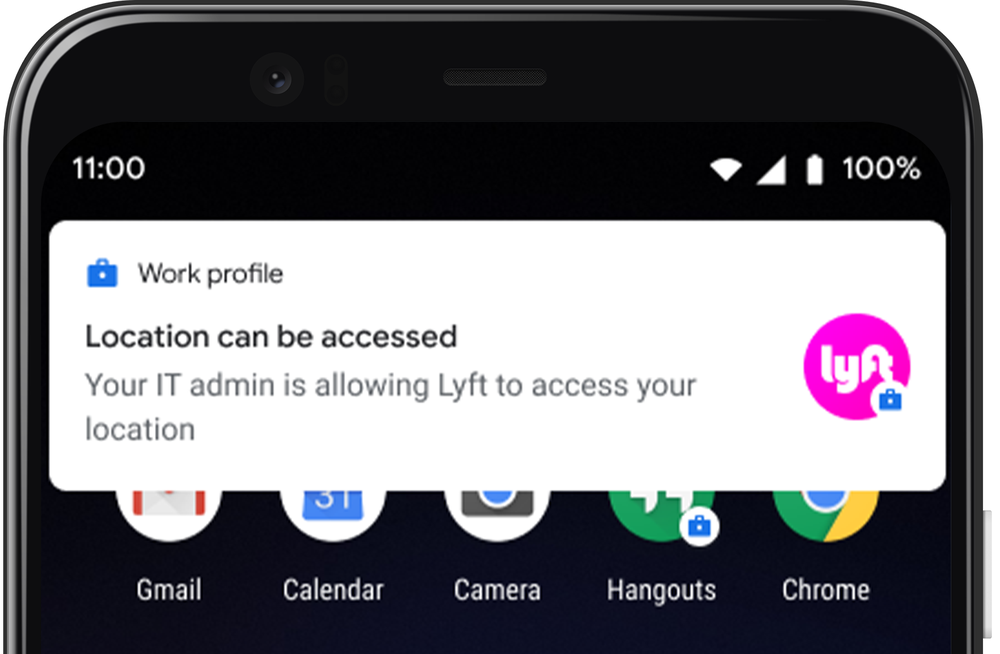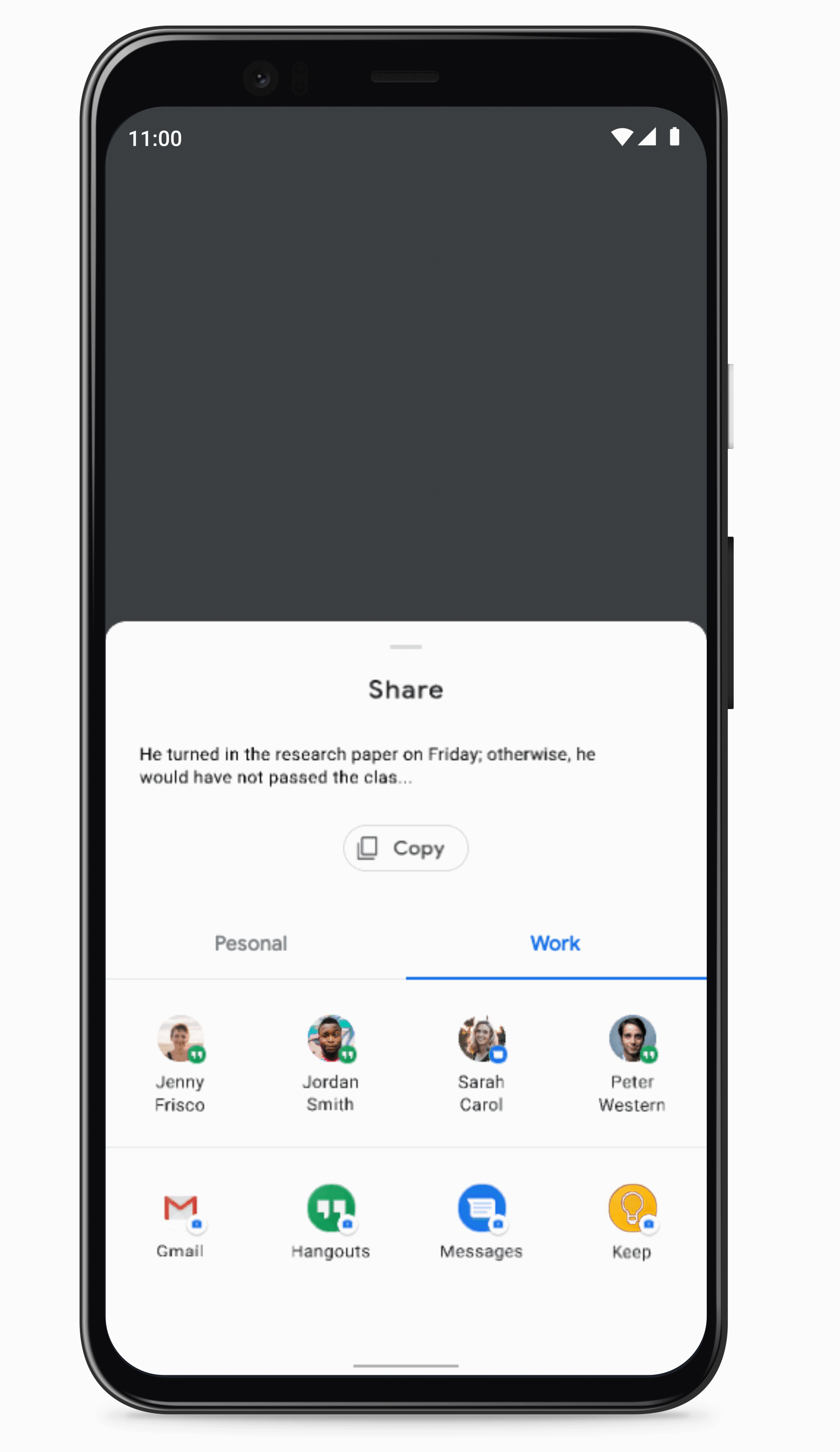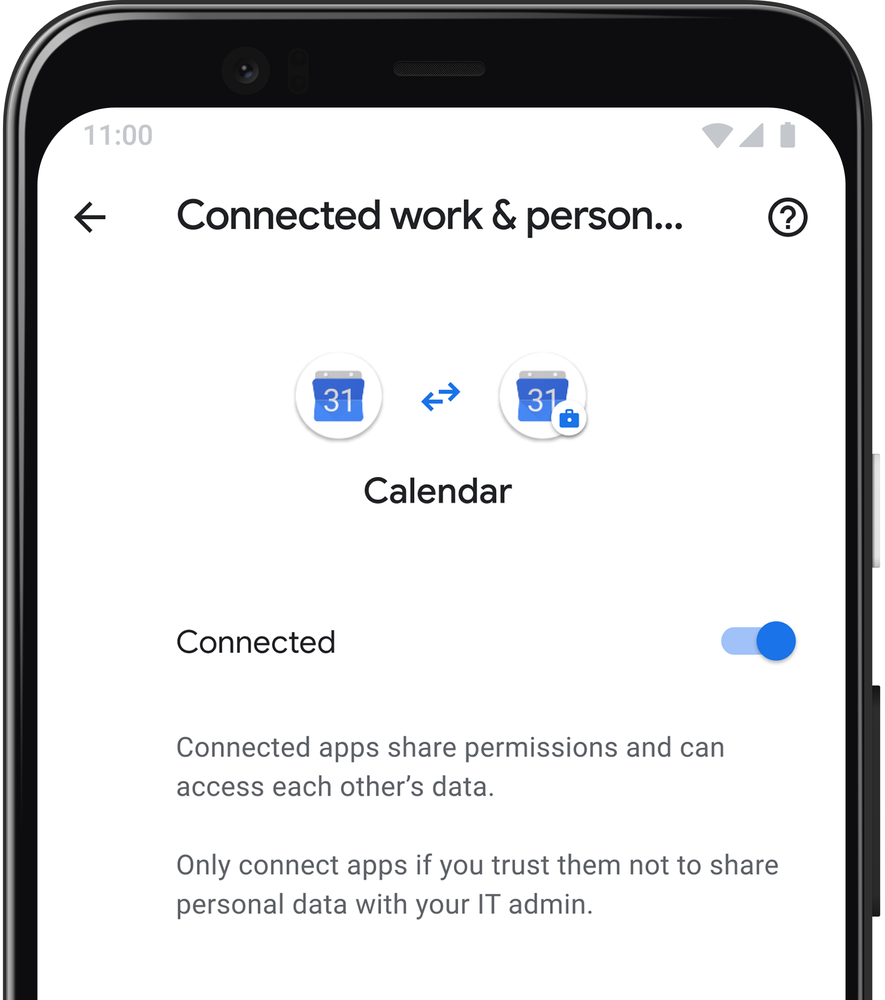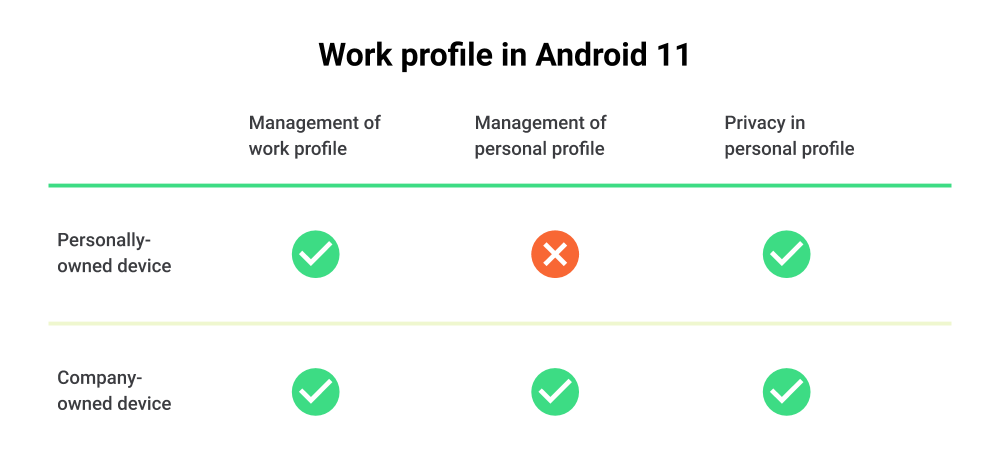Android 13 gives businesses using Android Enterprise new ways to get more out of their devices — including an upgraded Android Management API, an easier-to-use work profile, and more ways for IT admins to manage and protect company and employee devices. Let’s take a closer look at these new business features.
More tailored experiences
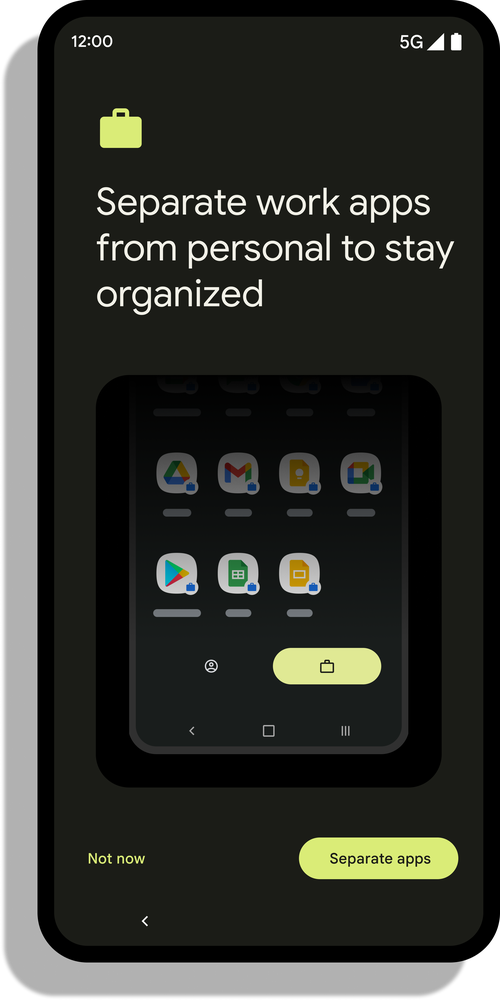
Starting with Android 13, the Android Management API goes beyond just managing device policies. It can now customize employee experiences on corporate devices, like device provisioning and user settings. This also means the Android Enterprise team can roll out helpful new features and management capabilities more frequently, starting with devices running Android 13.
Easier navigation on work profile
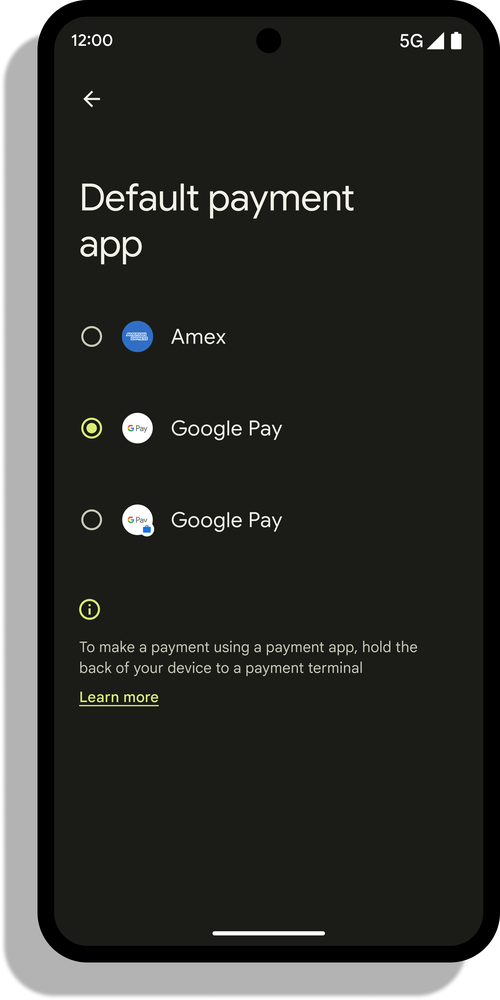
Work profile already helps keep company data accessible and secure, and personal profile data private and separate — all on a single device. In Android 13, work profile gives employees an even smoother experience, offering a simpler design, improved productivity and new cross-device capabilities.
Navigating between work and personal profiles is now more intuitive, all while respecting cross-profile admin policies. Employees can choose to open an app in either their work or personal profile, depending on where it’s installed. If they’d prefer to keep work-related content out of their personal apps — so a work-related training video on YouTube doesn’t affect their personal watchlist, for example — they can choose to access that content in their browser instead. Employees can also switch between work and personal photo galleries when sharing pictures with an app, granting access only to selected files rather than their entire media library.
You’ll find more productivity tools in work profile, too. Smart dictation is now available in work profile apps on Pixel devices, so Android's dictation recommendations stay separate — keeping corporate jargon dictated for work emails out of personal chats. All Android 13 devices can also now use Near-field communication (NFC) from work apps to enable use cases like digital access badges and tap-to-pay from work profile.
More productivity features are coming soon to Android 13, thanks to new integrations between Phone Hub and Android and ChromeOS. Employees will be able to securely respond to and access work information that’s on their phones — including messages, notifications and pictures — from their corporate Chromebooks. And those interactions will be protected by end-to-end encryption and company management policies.
Built-in security and privacy
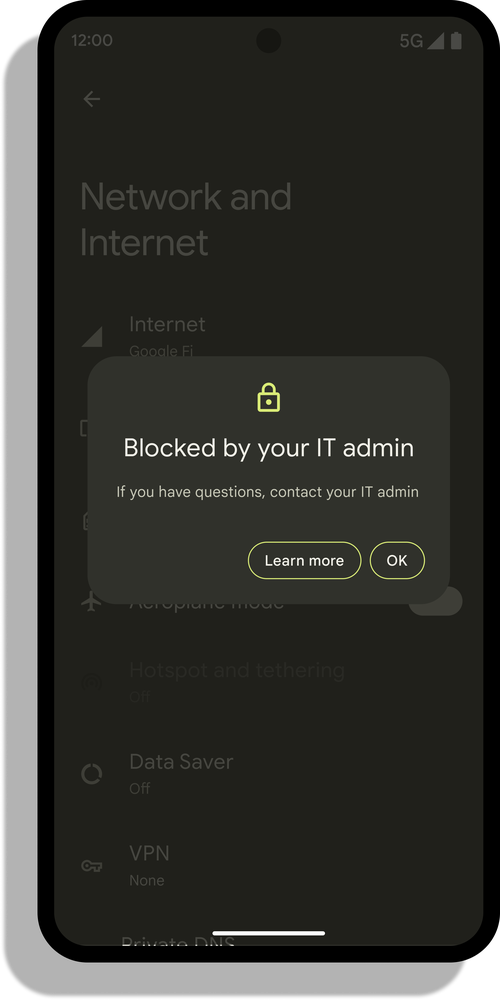
With each new release, Android Enterprise’s security protections get even stronger with new management capabilities, user controls and platform improvements.
For example, on a new central hub, employees can manage device security and privacy settings, and view company policies applied on the device as well as device data shared with IT admins.
Android 13 also gives IT admins more control over device Wi-Fi connectivity for features like Wi-Fi Direct and Wi-Fi tethering. It adds security logs for Wi-Fi, Bluetooth and password activities in line with National Information Assurance Partnership (NIAP) requirements. And for faster security patches, Android 13 has added Bluetooth and ultra-wideband (UWB) to the list of more than 30 modules that can be updated remotely through Google System Updates.
New features like Lost Mode and Stay Private on Work Wi-Fi are coming soon to Android 13. When Lost Mode is activated, IT admins can lock down and locate company-owned devices, prevent unauthorized access and display company contact information on the device screen. Meanwhile, Stay Private on Work Wi-Fi will further improve employee privacy by automatically encrypting and routing network traffic for personal profiles when employees are on company Wi-Fi. Both features will be available through the Android Management API.
Ready to put Android 13 to work for your business? Sign up for our webinar on September 29 to learn more about how Android 13 is supporting today’s working world.
